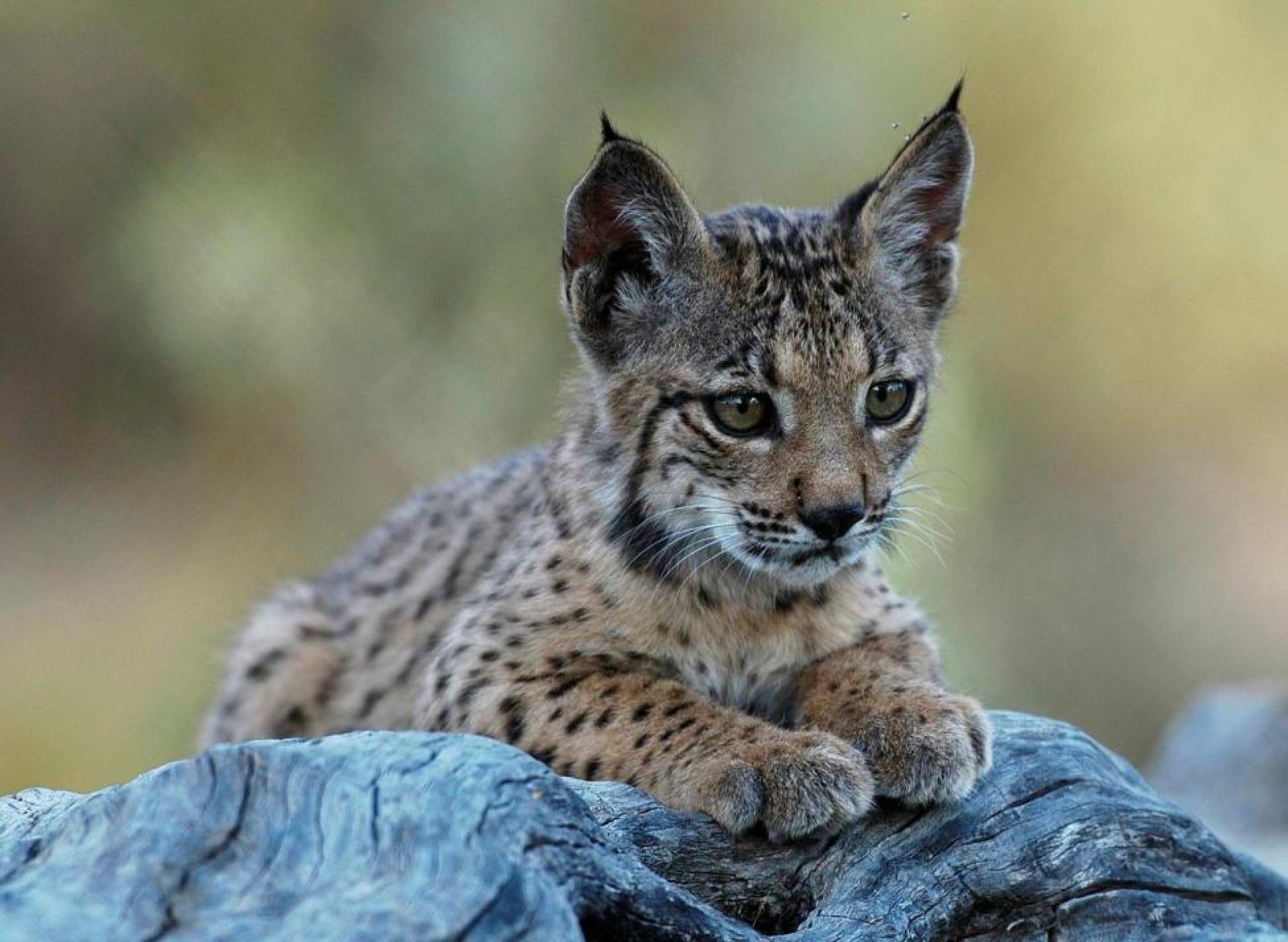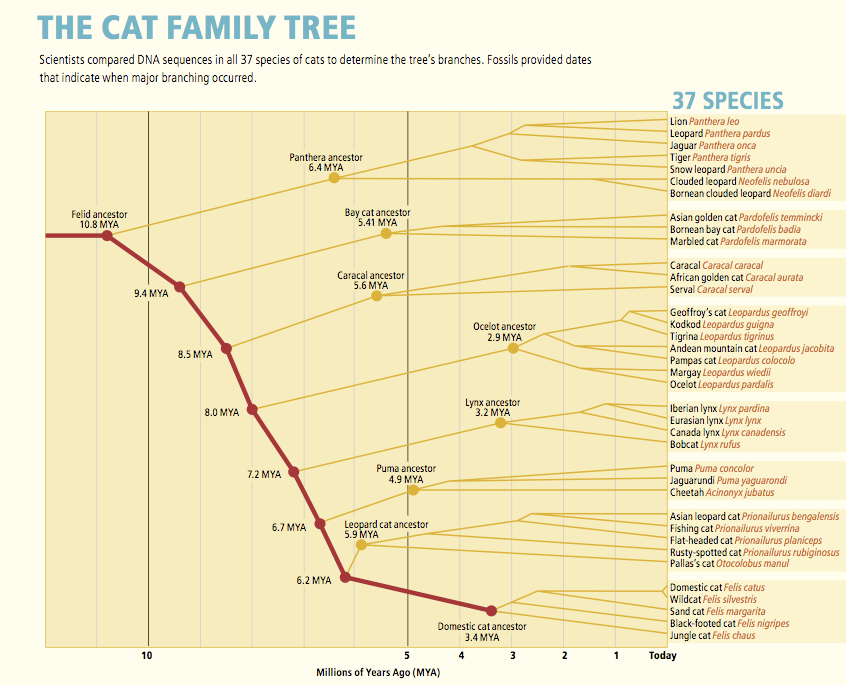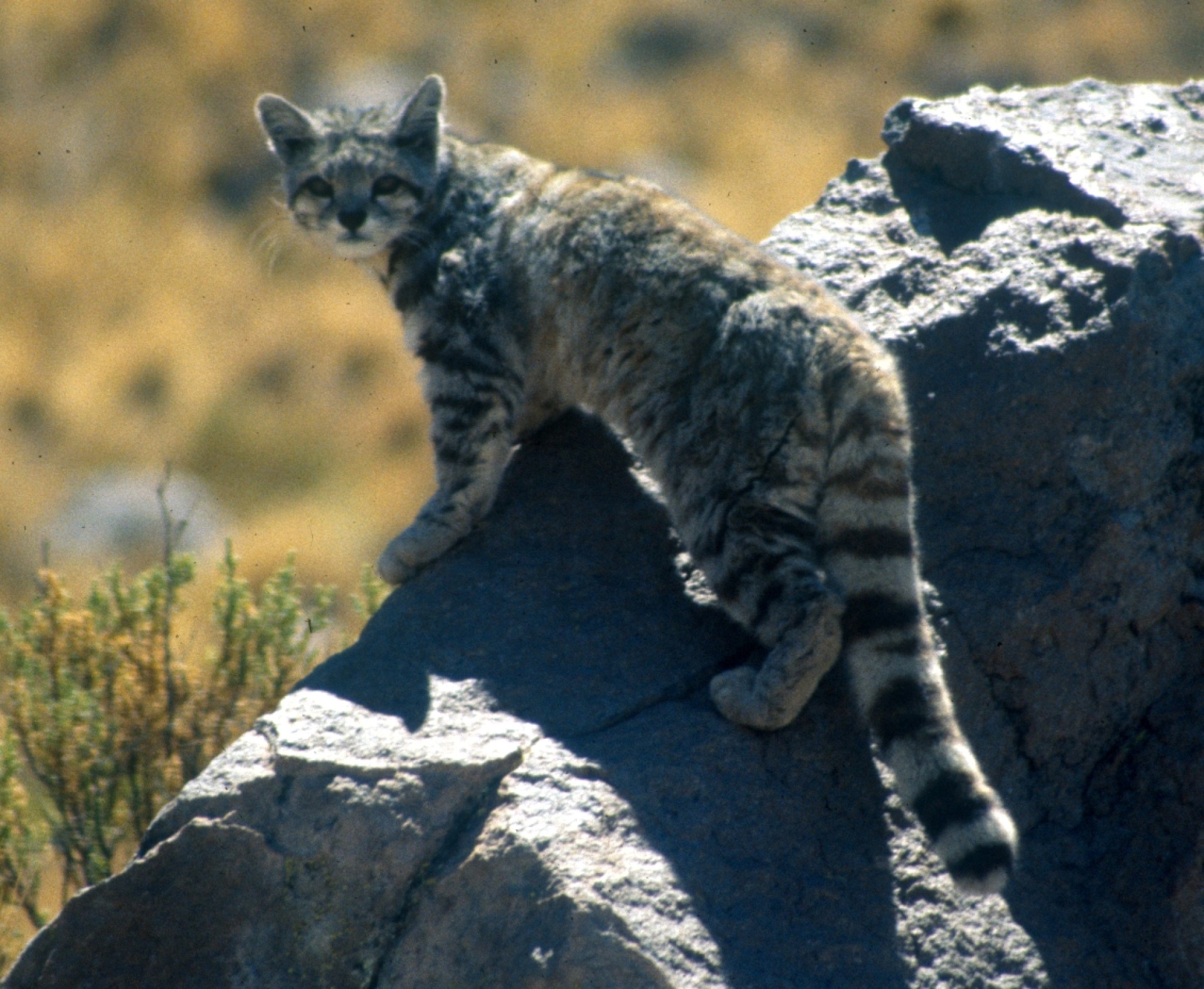
Lynx (Iberian)
Iberian Lynx: Once found throughout the Iberian Peninsular as well as much of France: The Iberian lynx population fell to just 94 cats in two populations (23 years ago). Through intensive work the population has returned to 1668 as of May in 2023. This is currently restricted to just the south and west of the Iberian peninsular, but is likely to slowly expand its range North and East.
It is fantastic to see the Iberian Lynx returning to places that it was found in the past, however, what is clear is that as the human race, our current understanding of science allows a great deal of power, and it is scary to think that the introduction of an illness to kill rabbits could come so close to exterminating all Iberian Lynx.
Iberian Lynx continues to recover
- Tim
- March 14, 2021
Back in 2002 there were only 94 Iberian lynx left in the wild. This wild cat had declined for a number of reasons, unfortunately all down to humans.

Iberian lynx has recovered when astounding degree
- Tim
- November 15, 2020
In 2002 the Iberian lynx population fell to an estimated minimum of just 94 cats. In the latest count that number is now 844, and experts are now saying that...
Return of the bear wolf and lynx to France and western Europe
- Tim
- March 11, 2022
The recovery of wolves bears and lynx over the last several generations in western Europe has been nothing short of astounding.
In the 1960s the population of the iberian wolf...
Predator recovery across Europe – Part 3 – Lynx
- Tim
- March 25, 2018
Has myxomatosis leapt species from rabbits to hares?
- Tim
- February 10, 2022
Rabbits are not native in the UK. They were introduced about 1000 years ago. the first Myxomatosis outbreak in the uk was in 1953. There have been various foolish uses...
Could Bialowlieza forest be destroyed by forests on borders?
- Tim
- December 16, 2021
Around the world we are in a period where there are lots of people struggling where they are. Whether due to weather or war or crime, there are significant numbers...


